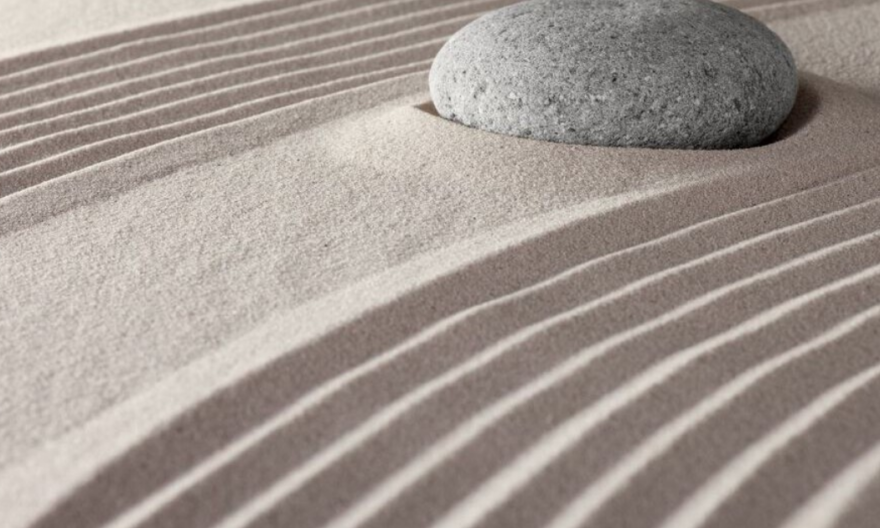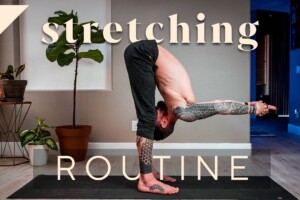
Dynamic meditation is a new style of meditation that is gaining popularity. Unlike traditional meditations, the method of dynamic meditation uses the body’s natural motions and movements to achieve a state of relaxation. This type of meditation is especially useful for those who are stressed.
Research challenges in meditation
There are a number of challenges associated with conducting research on dynamic meditation. One is the lack of a standardized definition of the process. The other is the challenge of measuring the efficacy of the practice.
As a result, researchers have attempted to fill the gap with studies that focus on the neural mechanics of meditation. This has led to the discovery of a number of electrophysiological correlates of novice meditators. But this is not the only type of research available on the subject.
Although many studies have shown the positive effects of meditation, more clinical trials are needed. These trials are necessary to assess the efficacy of this form of therapy in addressing health problems.
In terms of a more specific goal, it is important to determine which of the numerous techniques is the most effective. For example, different forms of meditation may be suited to different types of individuals.
A number of researchers have identified the key areas of the brain that are involved in long term meditators. Others have proposed specific interventions that are aimed at increasing mental well-being.
Methods of Osho’s “dialectical” meditations
Dynamic meditation is an active form of meditation designed by Indian spiritual leader Osho. It has benefited millions of people around the world.
The practice involves a series of stages. In each stage, the individual is given an opportunity to purge negative emotions, such as anger. This helps to break the prison walls that bind the mind and body.
There are two methods of dynamic meditation. One of these involves the use of music, while the other requires a blindfold. These are both effective ways to purify the mind.
Dynamic meditation has five stages. The first involves shaking the body. The second stage involves dancing. The third stage involves sitting still. The fourth involves lying down.
During the fifth and final stage, the individual should let go of everything. Then, they should lie down, with their eyes closed.
The fifth and final stage is essentially the same as the first, but in a much more dramatic way. The individual has the opportunity to let out their anger and frustration by shouting and jumping. They can also express their feelings through laughter.
The stress buster effect of dynamic meditation
If you’re looking for a stress buster, you’ll be glad to know that you can use dynamic meditation to help you get your stress under control. Developed by Osho in the 1970s, it’s now a popular method of relaxation for many.
One of the main purposes of this technique is to let you express your emotions through physical movements. A number of studies have shown that this is a very effective way of reducing anxiety and other stress-related health problems.
This form of meditation is also a good stress buster because it’s been found to reduce levels of the stress hormone cortisol in the body. It is important to note, though, that you should do this meditation in a quiet and secluded place.
You should pay attention to your breath during this practice. The rhythm of your breath is connected with your thinking patterns. When you focus on your breathing, you’ll be able to recognize your emotions more easily.
The five stages of dynamic meditation
Dynamic meditation is an active form of meditation that has been practiced since the 1970s. It was developed by Indian spiritual leader Osho and is used to release emotional blockages and heal the body.
OSHO Dynamic Meditation is a unique experience that requires you to perform spontaneous movements. You can either do it alone or in a group. The entire process is designed to purify your mind and your body.
Dynamic meditation has five stages. Each stage has its own purpose. For example, the first stage is an energy booster.
The second stage is a catharsis. It allows you to express emotions such as anger, sadness, or joy. This can be achieved by jumping or beating cushions.
In the third stage, you are allowed to move around. Your legs are bent and your arms are raised. During this stage, you should notice your breathing. Taking deep breaths helps you release tension.
Stage four is a time to relax. As you exhale, you can release negative thoughts.





